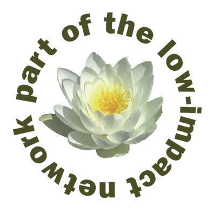
Articles by Sue Blacker
As British wool spinners, The Natural Fibre Company add value by processing quantities of fleece from 20 kilograms up to over a tonne and more. As we scour, card, dye and woollen and worsted spin under one roof, we are effectively experts in all aspects of the process of turning raw fleece into high quality yarn. Most of our customers are in the UK for rare and specialist breeds.
Articles by
Sue Blacker
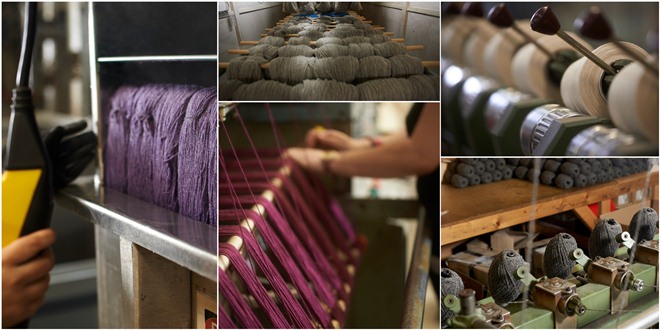
The Wool Journey Part 15: labelling yarn
Sue Blacker takes us on a final tour of The Natural Fibre Company’s spinning mill to learn all about labelling yarn. Turns out there’s plenty to it!
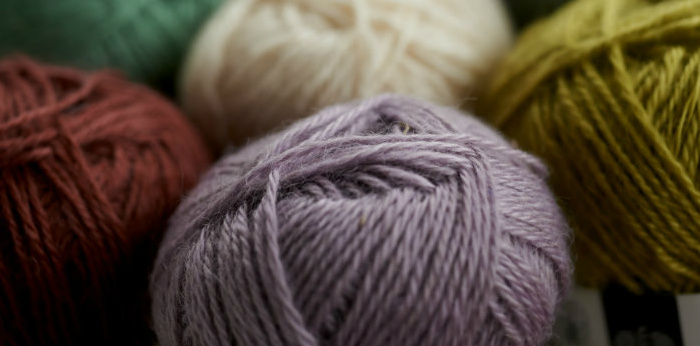
The Wool Journey Part 14: the final wool yarn and packaging
The yarn is ready to package up at The Natural Fibre Company’s spinning mill, as Sue Blacker shares the final leg of The Wool Journey.
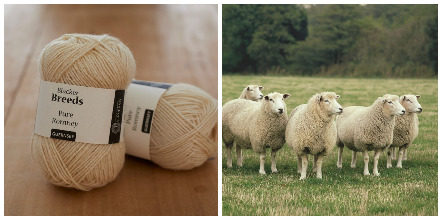
The Wool Journey Part 13: single versus plied yarn and the bulking of wool
The Wool Journey returns, as The Natural Fibre Company’s Sue Blacker explores the question of single versus plied yarn and an intriguingly named tool called the Bulkometer.
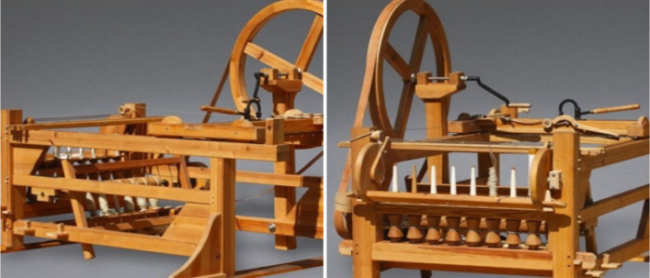
The Wool Journey Part 12: spinning at last!
In Part 12 of The Wool Journey, spinning commences at the Natural Fibre Company mill in Cornwall. Over to Sue Blacker to tell us more…
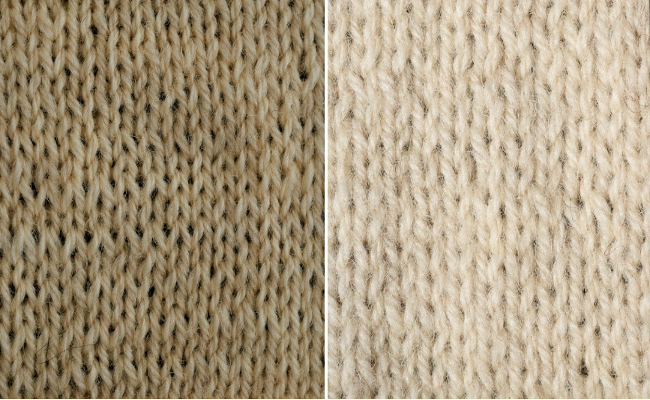
The Wool Journey Part 11: which yarn to make?
Sue Blacker of The Natural Fibre Company continues The Wool Journey with the all of important question: which yarn to make?
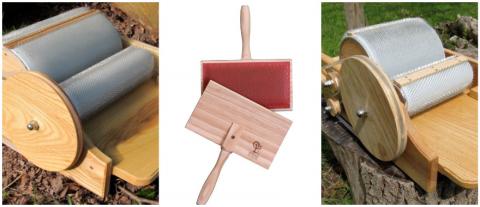
The Wool Journey Part 10: using traditional carding machines
In the tenth installment of The Wool Journey with Sue Blacker at The Natural Fibre Company, we learn about the next stage of preparing wool to spin, using traditional carding machines.
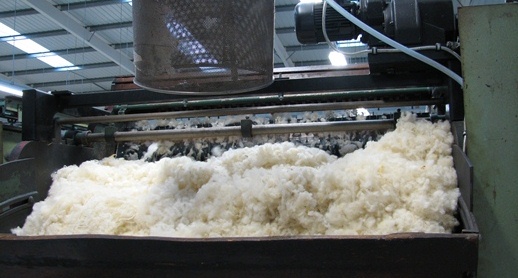
The Wool Journey Part 9: the first stages of preparing to spin
In Part 9 of The Wool Journey guest blog series from The Natural Fibre Company, Sue Blacker takes us through the first stages of preparing to spin, featuring the Fearnaught machine and more.
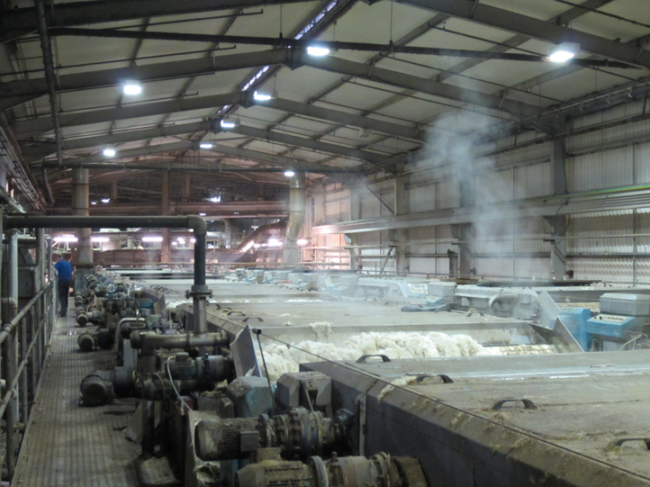
The Wool Journey Part 8: wool scouring and drying
In the eighth installment of The Wool Journey with Sue Blacker at The Natural Fibre Company, we learn about the first stage of processing: wool scouring and drying.
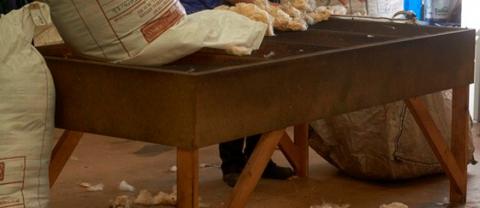
The Wool Journey Part 7: uses of different fibre types
Continuing The Wool Journey, Sue Blacker of The Natural Fibre Company explains the uses of different fibre types. It is said that everything of a pig can be used but the squeak and the same is true of fleeces!
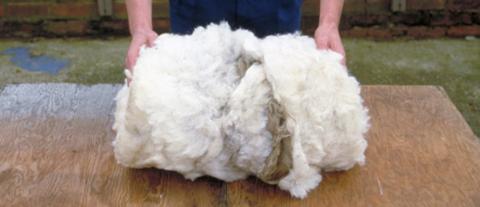
The Wool Journey Part 6: grading, sorting and storing of fleeces following shearing
In the sixth installment of The Wool Journey by Sue Blacker of The Natural Fibre Company and Blacker Yarns, she outlines the crucial steps of grading, sorting and storing of fleeces following shearing.
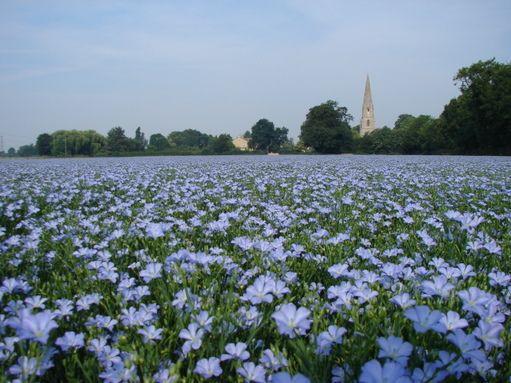
The linen journey: locally-grown flax to yarn
In a spin-off from The Wool Journey series of blog posts, The Natural Fibre Company shares The Linen Journey, in which Sonja Bargielowska explores flax’s journey from field to yarn.
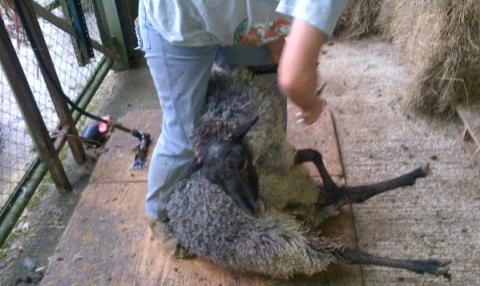
The Wool Journey Part 5: harvesting the wool
In The Wool Journey Part 5, Sue Blacker of Blacker Yarns and The Natural Fibre Company explains the process of harvesting wool with an in-depth look at sheep shearing.
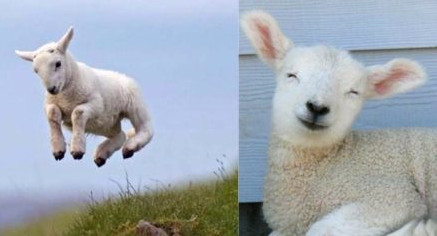
The Wool Journey Part 4: wool attributes amongst breeds, natural colour and health
In The Wool Journey Part 4, Sonja Bargielowska of Blacker Yarns at The Natural Fibre Company considers wool attributes amongst breeds, natural colour and the importance of a healthy flock.
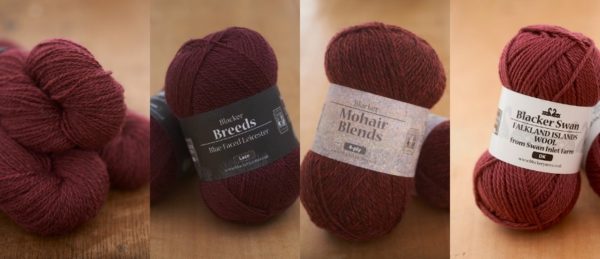
The Wool Journey Part 3: wool attributes – length, crimp and lustre
In the third of The Wool Journey installments based on an original post by Sonja Bargielowska at Blacker Yarns, The Natural Fibre Company leads us to consider length, crimp and lustre.
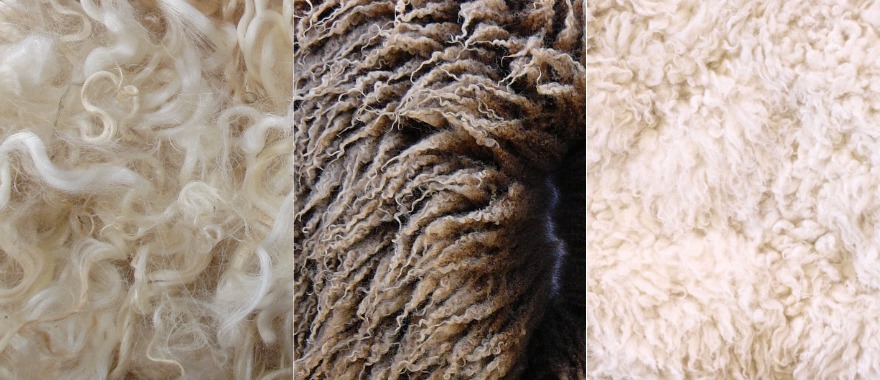
The Wool Journey Part 2: wool attributes – thickness
In the second installment of The Wool Journey guest blog posts from Sue Blacker and colleagues at The Natural Fibre Company, we learn about a key attribute: thickness.
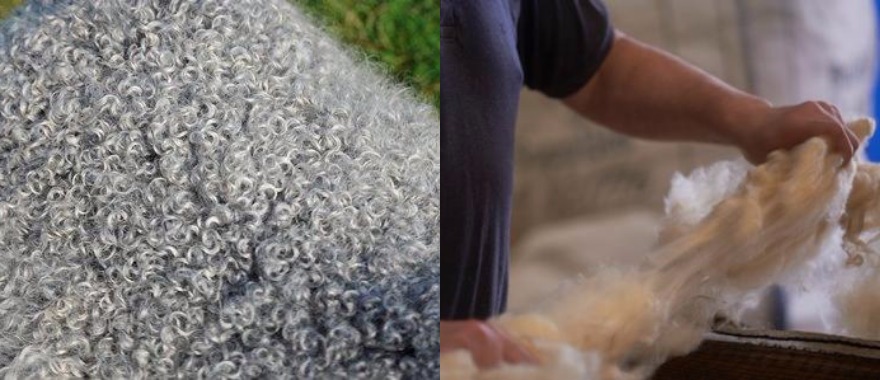
The Wool Journey Part 1: what is wool?
In the first of a series of guest blog posts from Sue Blacker and colleagues at The Natural Fibre Company, we invite you to embark upon The Wool Journey, exploring the what, how and why of all things wool.
